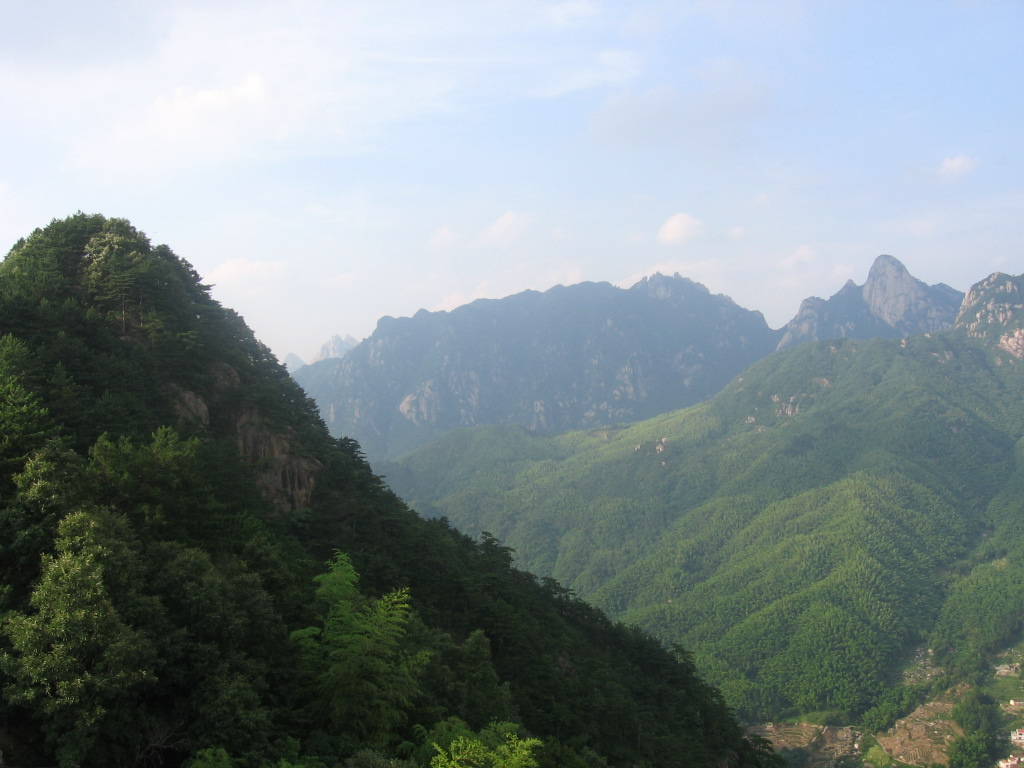The Poetry Foundation website includes a page of “Poems about Loneliness and Solitude” with the subheading: “Poetry offers solace for the lonely and a positive perspective on being alone.” Among the categories of selected poems are Celebrating Solitude, Wallowing in Loneliness, and Being Alone in a Crowd. Includes podcasts of readings and reflections on the relationship of poetry, loneliness, and solitude.
William Pester, Hollywood “hermit”
Hollywood in the 1920s to 1940s produced several colorful hermits already mentioned among these entries and featured among the galleries. Another was William Pester, the German-born Friedrich Wilhelm Pester, who resided under one of the two letter L’s in the famous Hollywood sign. Pester dressed in a robe, at least at first, and was later not apparently entirely solitary. He was called the “Hermit of Palm Springs.”
URLs: 1. http://www.mydesert.com/article/20121128/NEWS01/311280007/Palm-Springs-hermit-made-mark-nudist-tourist-attraction-inmate, and 2. http://www.mydesert.com/interactive/article/20121129/NEWS/121129001/William-Pester-Hermit-Palm-Springs?odyssey=tab|topnews, plus a German-language article: http://www.geschichte-borna.de/joomla/index.php?option=com_content&view=article&id=93:friedrich-wilhelm-pester-der-eremit-von-palm-springs&catid=38:persoenlichkeiten&Itemid=72
Sara Maitland interviewed
Sara Maitland, author of A Book of Silence (2008), is interviewed by Telegraph (UK) correspondent Peter Stanford. Maitland lives in a shepherd’s cottage (shieling) in Galloway, Scotland, where she continues to write, her latest project being Gossip from the Forest, a reexamination of forests in fairy tales of Grimm and others.
Writes Stanford of Maitland’s solitude:
The things she misses in her shieling, she says, are simpler and very specific. “The first is physical contact in moments of stress, not the big ones, but when I come in from a walk and it has been raining and I am soaked and I have a deep desire for someone to be there to say, ‘God, you’re wet.’ And the second is when someone has annoyed me, usually by email, I have no one there to let off steam with, and so frequently I find myself telling the person I am angry with my reply. I need someone to puncture my rage bubble.”
The other thing she finds herself hankering after, she says, is the sort of catch-all conversation we are having. “I’m a profoundly frivolous person and I grew up with smarty-pants dinner conversations. If I am ever asked to be in Who’s Who, I will put as my hobby deipnosophy, banter-like exchanges round a dinner table.” Couldn’t she just break silence once a month and invite local friends over for a good set-to over supper? “You don’t understand,” she protests, a look of mock horror on her face, “there is hardly a soul within spitting distance of where I live.” Their loss is my gain.
Maryland canonical hermits
Catholic Review (Baltimore) profiles two recent women canonical hermits: Sister Marie Terese and Sister Maria Veronica, both residents of Maryland. Includes photos.
URL: http://catholicreview.org/article/home/after-final-vows-hermits-lead-lives-of-prayer
“The Artful Recluse” art exhibit
ADDENDA (Dec. 6, 2012).
The exhibition “The Artful Recluse” is now at the Santa Barbara Museum of Art through January 20.
URL: http://www.sbma.net/exhibitions/artfulrecluse.web
The Asia Society Museum will present an exhibition titled “The Artful Recluse: Poetry and Politics in 17th century China” in the spring of 2013. From the website, here is a summary of the exhibition organized by the Santa Barbara Museum of Art:
This is the first exhibition to explore the theme of reclusion in Chinese painting and calligraphy within the broader context of political and social changes during the seventeenth century, a time of rich cultural expression and dramatic political change. The rise of major schools of regional painting as well as the trauma of the Ming dynasty’s collapse in 1644 and the Manchu Qing conquest provided an extraordinary context for the creation of historically conscious, often emotionally charged and deeply personal paintings and works of calligraphy. These images, however varied, share an overarching theme of reclusion, a concept of withdrawal and disengagement that has deep and significant roots in China, and which remains relevant in contemporary Chinese art and culture. The exhibition comprises approximately fifty-five works from public and private collections in the United States and Asia.
